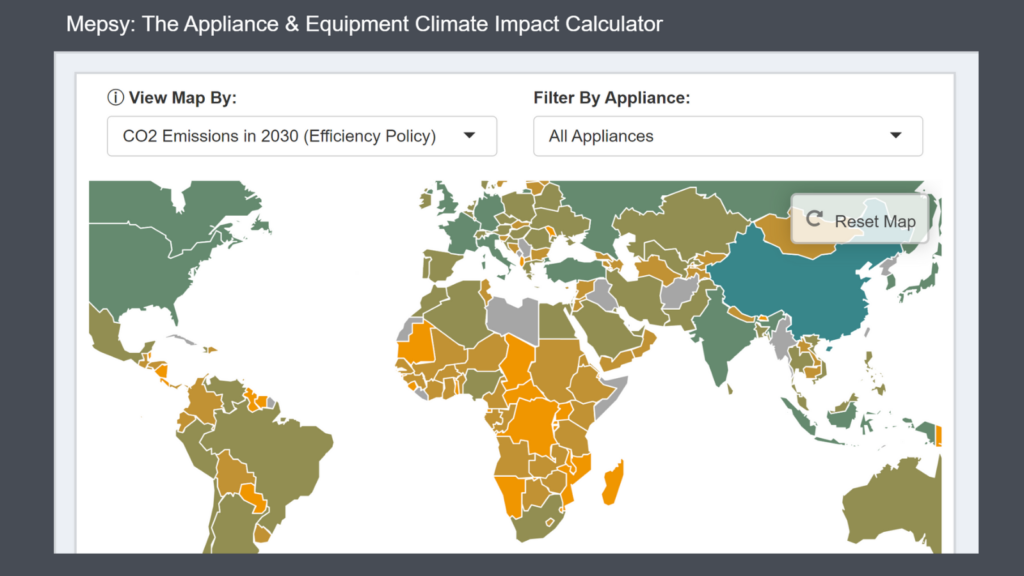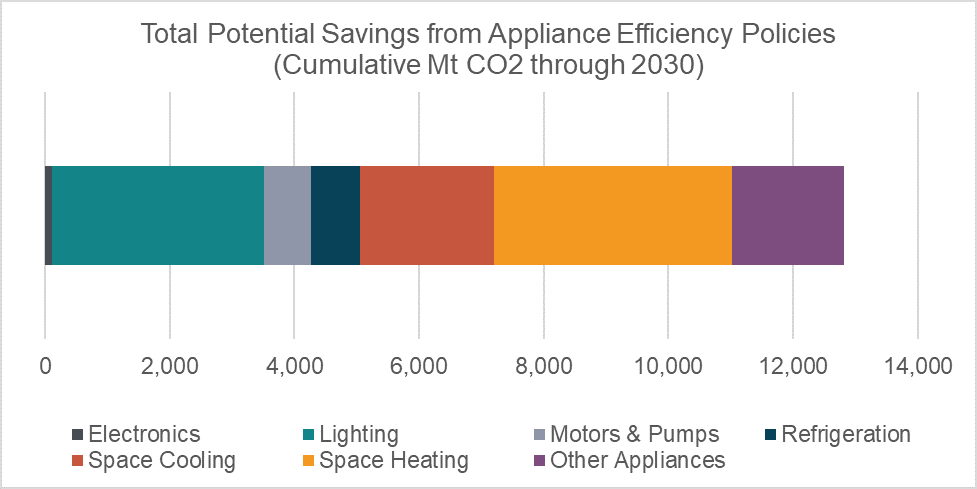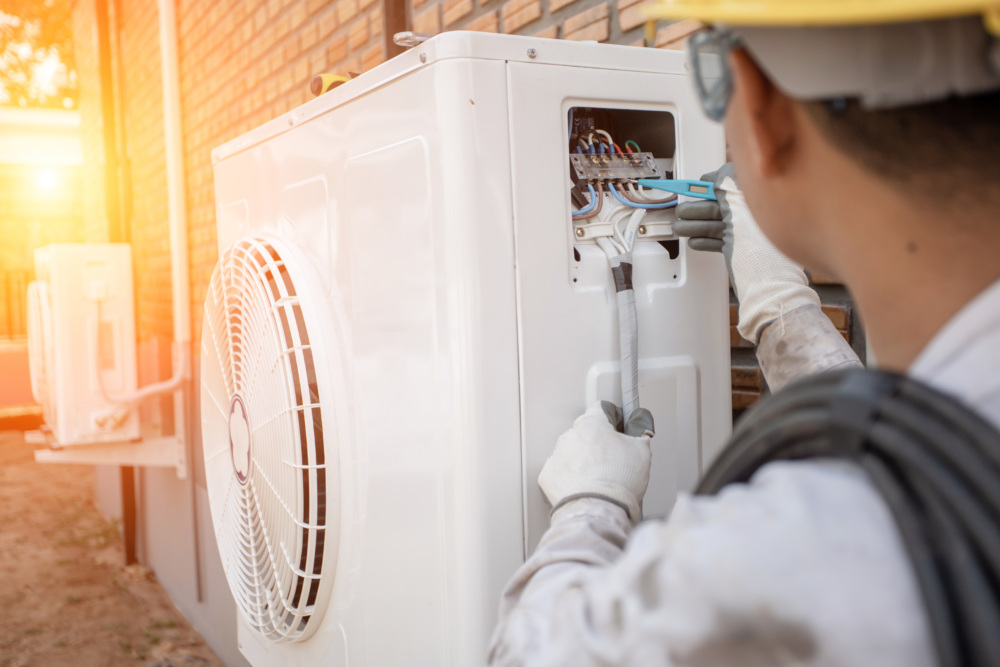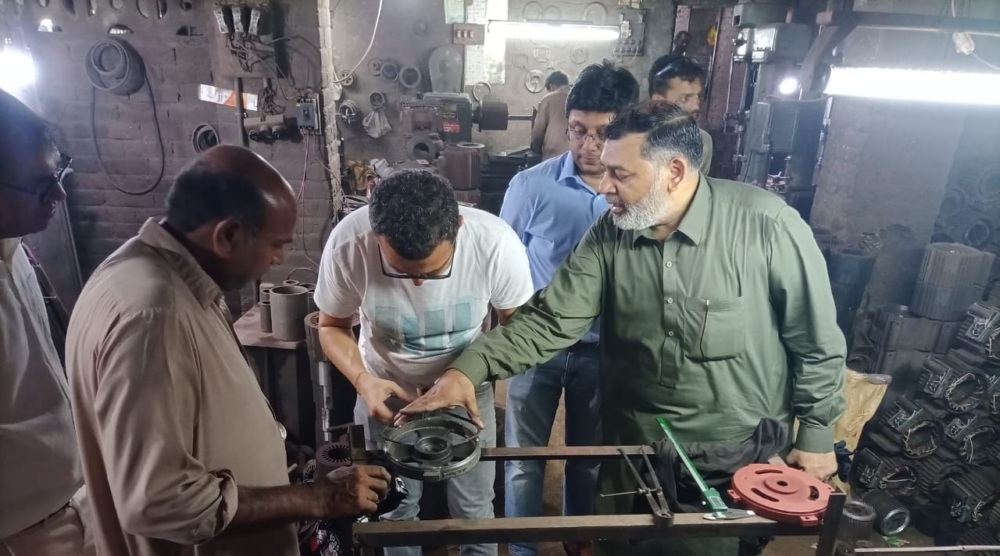Introducing Mepsy, CLASP’s Appliance & Equipment Climate Impact Calculator
This week CLASP introduces Mepsy, a new planning tool designed to help policymakers, researchers, and others assess the climate and energy impacts of appliance energy efficiency policy scenarios.

This week CLASP introduces Mepsy, a new planning tool designed to help policymakers, researchers, and others assess the climate and energy impacts of appliance energy efficiency policy scenarios.
Increasing the energy efficiency of household appliances and commercial equipment is a fast, cost-effective, and reliable means of mitigating carbon emissions. Efficiency standards (often called MEPS, for minimum energy performance standards) are a key building block in most national plans to meet the climate challenge, but the analytical tools used to support policy design have long been too difficult or expensive to use and customize.
CLASP developed Mepsy to address these issues and make rigorous efficiency policy analysis accessible to the widest possible audience. Mepsy is designed to help practitioners compare and prioritize among appliance and equipment policy options. The free online tool displays the energy and climate impacts of appliance efficiency standards for key energy-using products, and supports national, regional, and global analysis.
The model includes data for 162 countries and six of the top energy-using products – air conditioners, space heating equipment, refrigerator-freezers, electric motors, televisions, and ceiling and portable fans. Four more products – lighting, refrigerated display cases, residential hot water heaters, and distribution transformers – will be incorporated later this year. Together, these 10 appliances cover more than 75% of global residential and commercial energy use and more than 50% of global electricity use by industry.
“We have been using Mepsy to analyze global CO₂ reduction potentials since the Fall, and I’m excited to share this great new resource with our community. By providing user-friendly access to comprehensive, up-to-date information and a world-class calculation engine, Mepsy can help policymakers and analysts more effectively advance policies that benefit consumers and the climate,” said CLASP Chief Research Officer Steve Pantano.
The market and product efficiency data that support Mepsy analysis will be regularly updated to ensure that policy analysts are always working with the best information. Additional features and functions will be rolled out in the near future, including the capability to model the climate benefits of low-GWP refrigerants in cooling appliances.
Mepsy in Use
In addition to supporting online analysis and data visualization, Mepsy’s data download feature lets users extend their analysis offline. We used Mepsy in this way to evaluate the global CO₂ mitigation potential of a “best available technology” policy scenario for seven unique appliance types, demonstrating a breadth and depth of analysis that would not be possible with other tools. After modeling our target scenario we used the “data download” feature within Mepsy, then incorporated sector estimates from the International Energy Agency (IEA) Energy Technology Perspectives 2017 report to reflect the contribution from “other appliances” not yet included in Mepsy.
The result, shown in the graph below, is an estimate of the total “addressable market” for appliance energy efficiency policies for climate change mitigation.

How it Works
Mepsy calculates product energy use according to a “bottom-up” accounting approach. The model uses appliance shipments and retirements to determine the number of appliances in use in a country, then incorporates the energy performance of locally-representative products, typical usage patterns, the climate-intensity of the national grid, and other variables to analyze the electricity use, carbon dioxide emissions, and consumer energy costs associated with a given policy scenario.
Some of the challenges to appliance energy use modeling include that efficiency data are often proprietary, and information about ownership in certain countries is not available at all. Mepsy addresses these challenges by using appliance shipment data from reputable market research firms, and filling gaps in country-level data with evidence from similar markets. Information about product lifetimes, efficiency, capacity, and usage data are derived from a range of published sources. CLASP validated the model results against published estimates by United for Efficiency, the IEA, and Deutsche Gesselschaft für Internationale Zusammenarbeit (GIZ).
In publishing Mepsy as a freely available online tool, CLASP aims to make appliance efficiency policy more accessible and impactful. We welcome questions, comments and suggestions at mepsy@clasp.ngo, and look forward to sharing updates about new features and functions in the near future.
Click here to access Mepsy from the CLASP homepage. For general information about the model, see this Introduction to Mepsy. Details on the data and analytical approach are address in this guide to the Mepsy Methodology & Assumptions. User instructions are included in this Quick-Start Guide. Learn more about CLASP’s analytical tools on our website.









